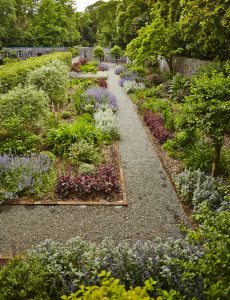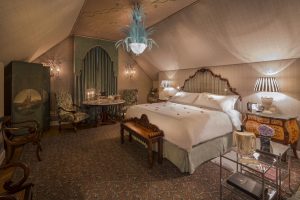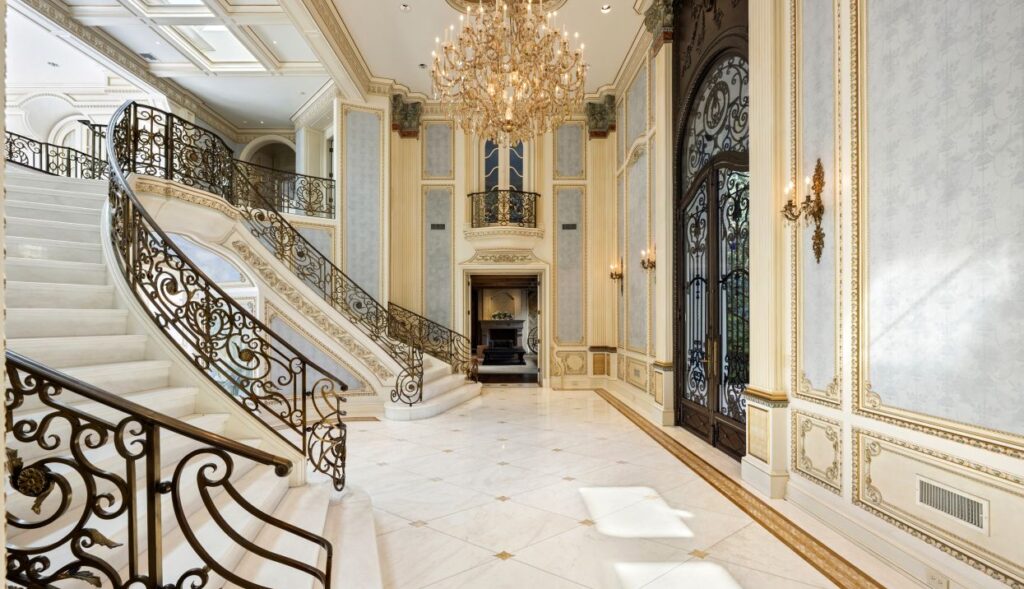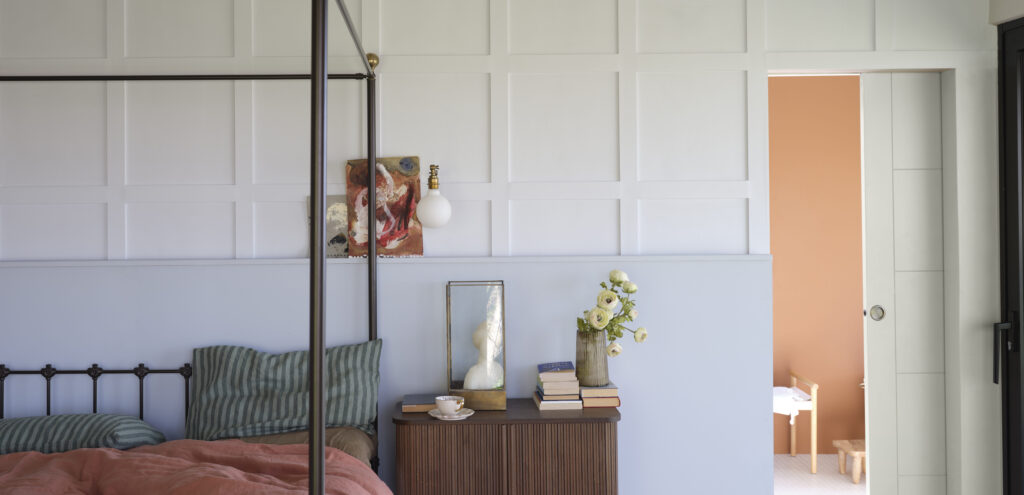Journey through West Ireland’s Mayo county, right along the border between Mayo and Galway, and eventually you will find one of Ireland’s most magnificent national treasures: the luxurious Ashford Castle.
Some may recognize its sprawling gardens and its gilded halls: the Castle has served as the set for movies and series such as John Ford’s 1951 film, The Quiet Man, and the CW series Reign, which made heavy use of both the castle grounds and the nearby village of Cong in its depiction of the French Court. And it is easy to see why movie studios would be attracted to Ashford Castle: with its beautiful of medieval and neogothic architecture, it’s beautiful gardens and romantic lakefront views, it has the just right amount of Old World elegance and charm to dazzle any production company.
Its historical pedigree is also impeccable. The original structure was built on the perimeter of a monastic site by the Irish off-shoot of the Anglo-Norman aristocratic House of Burke over seven centuries ago, in 1228 – and indeed, it remained under the same house for three centuries, until it was passed onto the hands of the English aristocracy following a series of battles that were part of the British colonization campaign in Ireland. Visitors and guests can see much of the original castle today: the thick stone walls, towers, and battlements are still standing thanks to careful upkeep. However, discerning observers may also notice that, while awe-inspiring and breathtakingly beautiful, the Ashford Castle is compound composed of several distinct architectural styles. As it is not uncommon for a building with such a long history, the Ashford Castle has gone through some changes – specifically expansions – throughout the centuries, but most notably in the mid-1800s, after the estate was purchased by Sir Benjamin Lee Guinness from the Encumbered Estates’ Court in 1852. It was under the ownership of the Guinness family that the two large Victorian and neogothic-style extensions were built, as was the entire west wing that connects them to the original structure.
In 1939, the estate was bought by Noel Huggard, who transformed it from a sprawling Celtic castle to a first-class luxury hotel famous for its country pursuits. But it wasn’t until the 1970s, when it exchanged owners once again, that the Ashford Castle began taking on the design that we see today: its new owner, John Mulcahy, not only oversaw a complete restoration of the building and its surrounding gardens and grounds but also sought to expand it, doubling its size and building an adjacent golf course. Of course, in a building as old as the Ashford Castle, restorations are, by necessity, and ongoing process – the estates latest owners, Red Carnation Hotels, have also overseen their own refurbishment project in an attempt to bring the castle back to its former glory, while at the same time introducing amenities that cater to the 21st century needs and tastes of their high-earning clientele, such as a 30 seat cinema and a state-of-the-art Spa.
But that is not to say that the Ashford Castle has lost any of its historical charm – far from it! The Ashford Castle is marvelously decorated with the finest wood and marble floors, intricate, exquisite finishes, and neoclassical artworks fit for the palaces of the aristocracy. Its 83 rooms and suites are individually designed and furnished with antique pieces and bespoke beds, unique artworks, sumptuous fabrics, and handcrafted carpets, seamlessly marrying traditional elegance and finesse and Old-World charm with modern luxury. Guests are also able to indulge in some of the oldest gentlemen’s sports on the Castle grounds, such as fishing, falconry, shooting, archery, and horseback riding, as well as golf and tennis. And to top it off, the guests also have the opportunity to visit the homes and workshops of three of the Castle’s treasured artisan partners, who can help you discover the most unique and authentic experiences that the West of Ireland has to offer.
In the end, to stay at the Ashford Castle is to step into a remaining remnant of a world long gone; it’s to walk through ancient halls and feel the tangibility and the weight of the past underneath your heels. It is to live and breathe centuries worth of history while being firmly grounded in the present.









